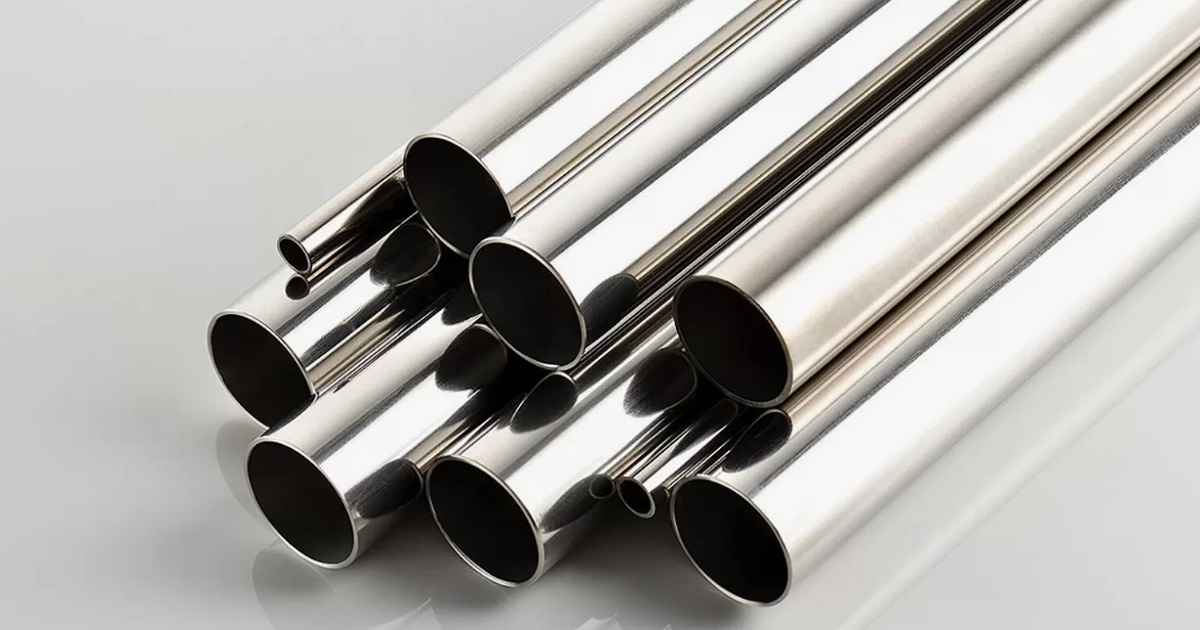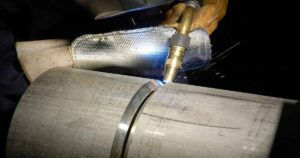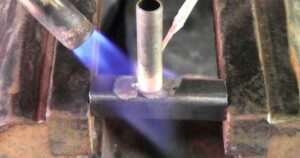How to Blacken Stainless Steel: A Detailed Guide
Blackening stainless steel is a process that involves altering the surface of the metal to achieve a desired black finish. This technique is widely used for aesthetic purposes, in manufacturing, and in various art projects. In this guide, we’ll walk you through the steps and considerations needed to successfully blacken stainless steel.
Understanding the Basics of Blackening Stainless Steel
What is Blackening?
Blackening is a surface treatment process that changes the color of stainless steel to black. It is achieved through various methods, each having its unique approach and outcome.
Why Blacken Stainless Steel?
Blackening stainless steel can enhance its appearance, reduce light reflection, provide a layer of protection against corrosion, and improve surface properties for specific applications.
Methods of Blackening Stainless Steel
Chemical Blackening
Chemical blackening involves the use of chemicals to create a black oxide layer on the surface of the steel.
Pros and Cons
- Pros: Uniform finish, relatively quick process, added corrosion resistance.
- Cons: Involves handling hazardous chemicals, requires proper ventilation.
Steps Involved
- Cleaning: Thoroughly clean the stainless steel surface.
- Application: Apply the blackening chemical according to the manufacturer’s instructions.
- Neutralizing: Neutralize the chemical reaction using a specific agent.
- Sealing: Apply a sealant to protect the finish.
Heat Blackening
Heat blackening is achieved by applying high temperatures to the stainless steel, resulting in a color change.
Pros and Cons
- Pros: No chemicals involved, unique finish.
- Cons: Requires precise temperature control, less uniform finish.
Steps Involved
- Preparation: Clean the stainless steel surface.
- Heating: Heat the steel using a torch or furnace until the desired color is achieved.
- Cooling: Allow the steel to cool slowly.
Electrochemical Blackening
This method uses an electrochemical process to produce a black finish on stainless steel.
Pros and Cons
- Pros: Controlled and uniform finish, adds a thin protective layer.
- Cons: Requires specialized equipment.
Steps Involved
- Cleaning: Clean the stainless steel thoroughly.
- Electrochemical Bath: Submerge the steel in an electrochemical solution and apply an electric current.
- Rinsing and Sealing: Rinse and apply a protective sealant.
Safety Precautions and Best Practices
Safety Gear
Always wear appropriate safety gear, including gloves, goggles, and a respirator, especially when handling chemicals or using high temperatures.
Workspace Preparation
Ensure your workspace is well-ventilated and free from flammable materials. Have a fire extinguisher and first aid kit accessible.
Maintenance of Blackened Stainless Steel
Regular Cleaning
Regularly clean blackened stainless steel with a soft cloth and mild detergent. Avoid abrasive materials.
Protection from Scratches
Avoid scratching the surface, as it can compromise the blackened finish and expose the underlying metal.
Touch-Up and Repairs
For minor scratches or wear, touch-up kits are available. Follow the manufacturer’s instructions for best results.
Frequently Asked Questions About Blackening Stainless Steel
Can Stainless Steel Be Blackened at Home?
Yes, stainless steel can be blackened at home, particularly using chemical or heat blackening methods. However, it’s crucial to follow safety guidelines and use appropriate equipment.
How Durable Is the Blackened Finish on Stainless Steel?
The durability of the blackened finish depends on the method used and how well the metal is maintained. Chemical and electrochemical methods typically offer a more durable finish compared to heat blackening.
Can Blackened Stainless Steel Rust?
While blackening can provide some corrosion resistance, it is not foolproof. Proper maintenance and regular cleaning are essential to prevent rust, especially in humid environments.
Advanced Tips for Professionals
Achieving a Uniform Finish
For a more uniform finish, especially in chemical blackening, maintain consistent application and timing across the entire surface. Consistency is key.
Customizing the Shade of Black
The shade of black can be altered slightly by adjusting the concentration of chemicals, the duration of application, or the temperature in heat blackening.
Combining Methods for Enhanced Results
Professionals often combine methods for optimal results. For instance, starting with a chemical blackening process followed by heat treatment can enhance both the appearance and durability.
Environmental Considerations and Disposal
Eco-Friendly Practices
Always aim to use eco-friendly chemicals and processes where possible. Consider the environmental impact of the blackening process and strive to minimize waste.
Disposal of Chemicals
Proper disposal of chemicals is crucial. Never pour chemicals down the drain. Check with local regulations for appropriate disposal methods.
Conclusion and Final Thoughts
Blackening stainless steel is a versatile technique that can be tailored to different needs and preferences. Whether you’re a hobbyist or a professional, understanding the various methods and their nuances is crucial for achieving the best results. Remember, safety and proper maintenance are paramount to ensure the longevity and appearance of your blackened stainless steel items. Happy blackening!













